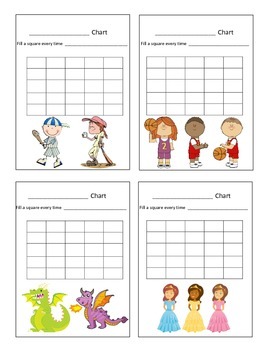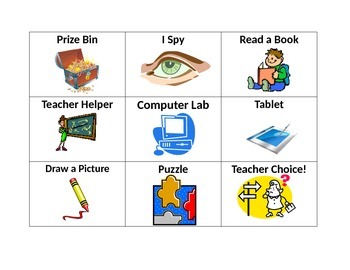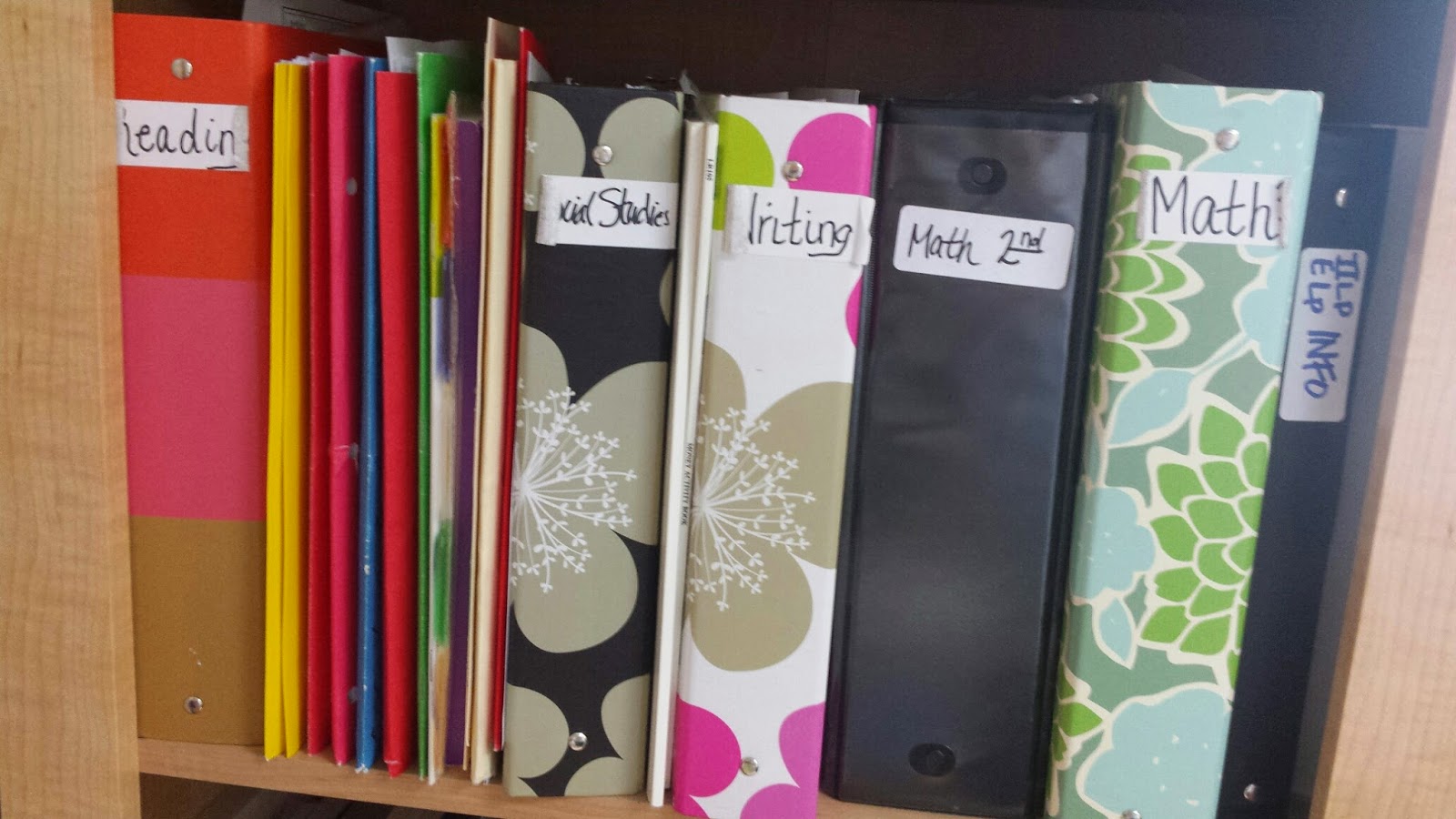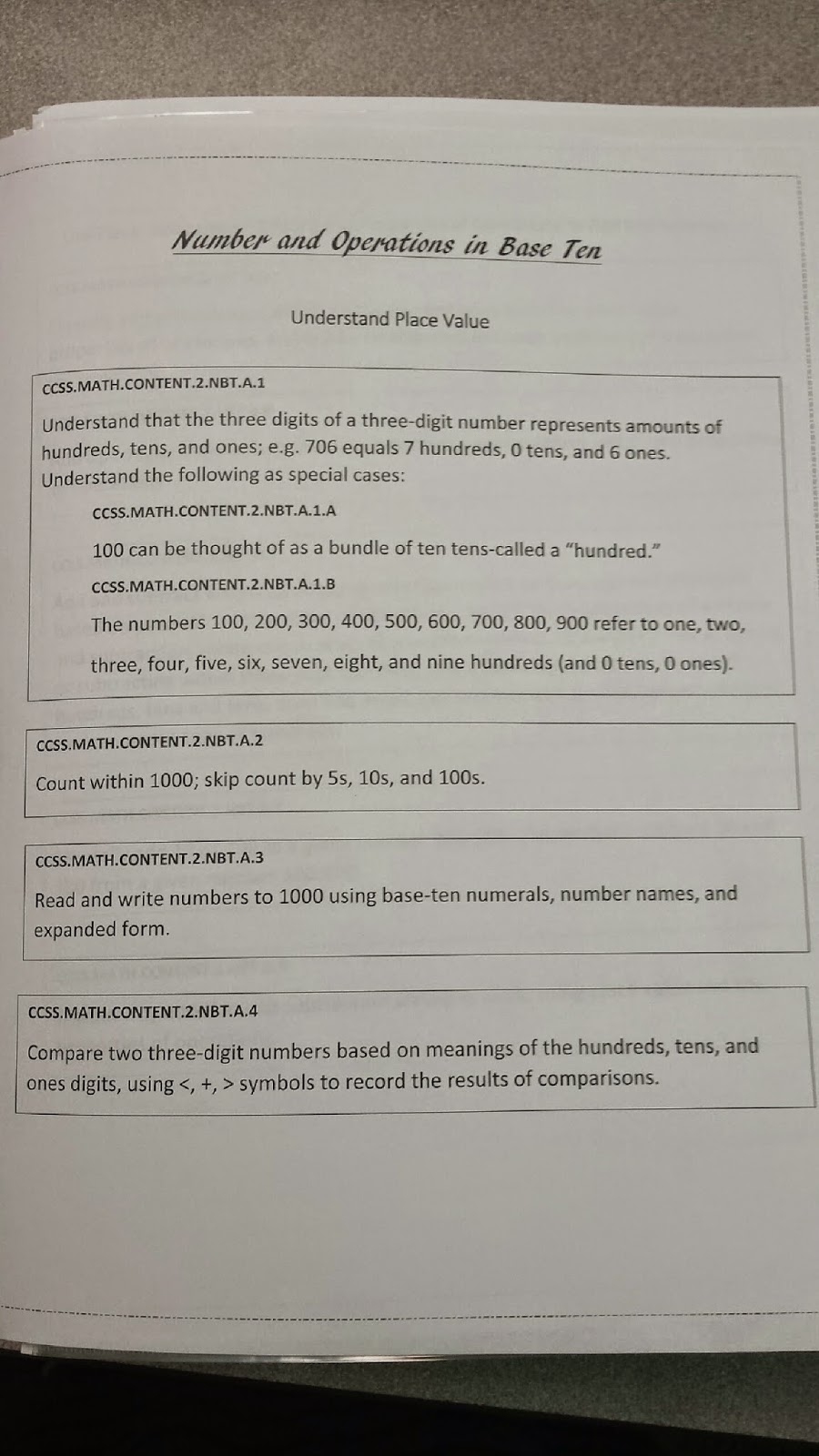Behavior Modification. Big words to tackle a big problem! How can we as teachers change a behavior that has been years in the making? How do we help our students succeed? Obviously we try to implement best practices in our teaching and classroom management. But what about those kids who just can't seem to get it together? The kids who can not manage to do a stitch of homework, who write two sentences in an hour writing lesson, who are bullying or having trouble with their recess behavior, those with ADD or ADHD who don't complete classwork, or kids who talk out of turn? Obviously whole-class classroom management tools aim to help these behaviors. Perhaps you use a classic clip chart in your classroom.
Perhaps you've embraced
ClassDojo in your classroom. (See my previous blog on this wonderful resource
here.)

But when that is not enough, I recommend an individual behavior modification chart. This simple tool has been embraced both in and out of the classroom. There are many different versions, but the goal is the same: externally motivate a child positively in order to change a certain behavior. Provide a chart of some sort to track the new positive behavior you are seeking and reward the child when they exhibit that behavior with the promise of a big reward when the chart is complete. This successfully combines both short-tern and long-term motivation factors to keep kids motivated through one lesson, one day, and beyond!
A special note about rewards: It is important to let the kids choose what they are working for because they will work harder for something they want and have chosen! In the classroom it can be having lunch with the teacher, a no homework pass, a prize from the prize bin, extra computer time, a piece of candy, etc. If coordinating with parents at home, the prizes can be bigger and more varied: dad and daughter 'date' night (great for kids with one or more siblings), dinner out, movie night, a trip to an amusement park, etc. Many teachers still rely heavily on punishment. Punishing bad behavior with detention, time-outs, stern talking, clip downs, etc. While it is very important that students understand that there are consequences for their actions, including negative consequence, it is important to realize that by giving attention to the negative behavior we are often strengthening that behavior. Whenever possible I try to focus on positively incentivizing the behaviors I want to see instead of punishing and drawing attention to the behavior I want to abolish.
One example of how I have used behavior modification charts is to target bullying. I have a student this year who came in and was bullying kids throughout the building. Obviously this is a very big deal and has been addressed with administrators and parents. However, the biggest factor in changing this student's behavior, a learned and practiced behavior by 3rd grade, was putting him on a behavior modification chart. Every time he 'used his words and actions to make people feel good' I had him add to his chart. When the chart was filled up I allowed him to choose his prize: a piece of candy, extra computer time, be the 1st grade helper, tablet time, prize from the prize bin, etc.
 |
| A completed chart from one of my students! |
Another common use for behavior modification charts in my class is helping kids complete classwork and do so independently. (A challenge for many of my ADD and ADHD kiddos!) To target these behaviors I give a student a behavior chart and write in 'complete classwork' or 'complete classwork independently' for their goal. Every time a student achieves that goal, they can fill in their behavior chart. The progress we have made this year has been astounding using these simple charts! Often times with ADHD kids, I have to change the behavior chart every week or two so they get bored with them. For this reason I have created a new set that can be found at my Teachers Pay Teachers store
here, or click on the image below.

Also take a look at my editable free choice board
here, or click on the image below, that I often use in conjunction with behavior modification charts so the kids are working towards different rewards each new chart!










